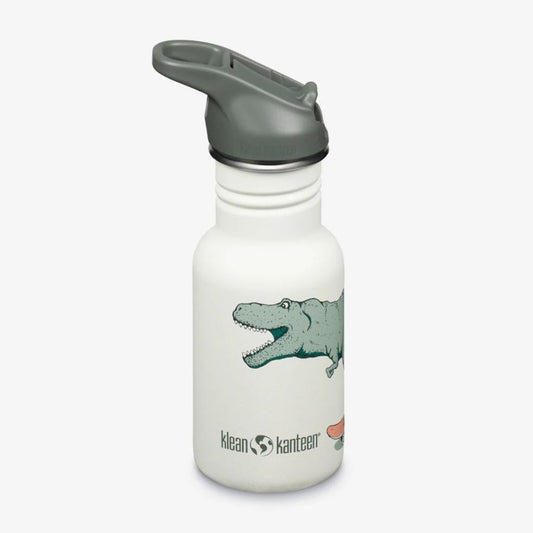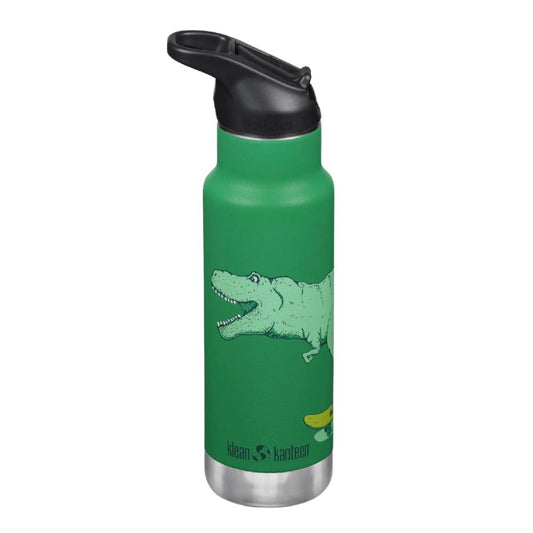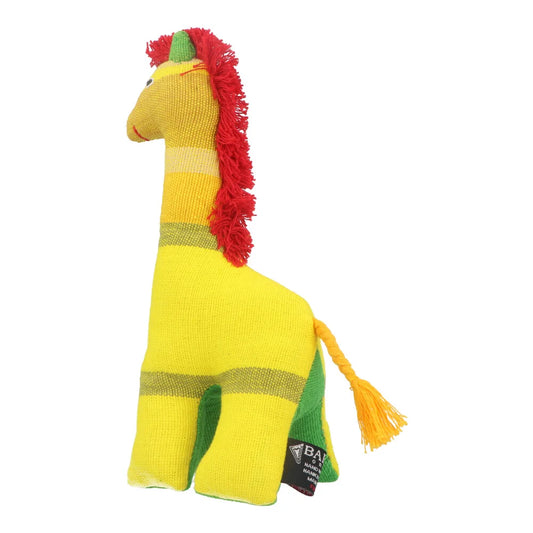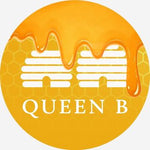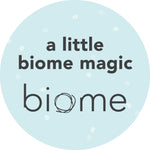
When we surveyed our customers at Biome, one challenge stood out above the rest when it comes to avoiding single-use plastic: finding a reliable source of drinking water while travelling. It’s all too easy to grab a disposable plastic bottle when you’re on the go, but with a bit of planning, you can stay hydrated with drinkable water and stick to your eco-friendly values, no matter where your adventures take you. The solution? Bring your own water filtration system!
Why You Need a Water Filtration System When Travelling
Travelling exposes you to different water sources, and for many, that means dealing with unfamiliar tastes, or even feeling unwell after drinking tap water. Then there’s the concern about water safety in certain regions, where bacteria like E. coli can be a real risk.
By carrying your own water filtration system, you can ensure you’re always sipping safely and sustainably—without resorting to single-use plastics.

Solution 1:
Filtering for Better Taste and Consistency
If you’re someone, like me, who finds tap water can taste a bit off when you’re in a new place, or you’ve noticed it doesn’t always agree with you, a simple filter to remove pollutants and chlorine might be just what you need.
I personally find that even when I change cities in Australia and drink the local water, I get an upset stomach. It must be due to the varying levels of chemicals, such as chlorine being used to treat the local water.
At Biome, we’ve got a few top picks to help with that:
Larq Standard Water Filter
This handy filter is designed to make your water taste great by removing pollutants and chlorine, ensuring every sip is refreshing and consistent. It’s compact, easy to carry, and perfect for those destinations where the water’s safe, but just not quite right. Larq Filter Bottle in 740ml size or 500ml size Larq bottle.
Mini Waterman Water Filter Bottle
Lightweight and portable, this bottle is your all-in-one solution for on-the-go hydration. It filters out chlorine, heavy metals, and other nasties, giving you peace of mind and a much better-tasting drink, wherever you are.
If you’re after a minimalist option, these natural charcoal sticks are a brilliant, eco-friendly way to purify your water. They work by removing chlorine and improving the taste of tap water, and you can use them in any bottle or container. Just pop a stick in your water, and let it do its thing—no fuss, no plastic.
Solution 2:
Filtering Out Bacteria and Other Harmful Contaminants
If your travels take you to places where the water might not be safe to drink, you’ll want a more robust filtration or purification system. This could include times when you are:
- hiking, camping or boating and want to top up from streams or rivers
- living off rainwater tanks
- travelling in countries where water sanitation is not safe
- visiting remote areas of your own country where there is not potable water - for example Maria Island in Tasmania
At Biome, we’ve got you covered with a couple of great options:
This high-tech system uses UV-C LED light to zap up to 99.9999% of bacteria and viruses, including E. coli. It’s perfect for international travel, backpacking, or any situation where water safety is a concern.
Lifestraw 2.0 Advanced 2-Stage Filter
How many disposable plastic water bottles are used by tourists?
- Global: Over 1 million plastic bottles are purchased every minute globally, with many used by travelers.
- Europe (Spain, Italy, France): Tourists use up to 200 million plastic water bottles annually in these popular destinations.
- United States: Tourists significantly contribute to the 50 billion plastic water bottles used annually in the U.S.
- Australia: A significant portion of the 726 million liters of bottled water consumed annually is by tourists.
- Southeast Asia (Thailand, Vietnam, Indonesia): Tourists are a major source of plastic waste, with single-use water bottles being particularly common.
- Bali (Indonesia): An estimated 5.7 million plastic bottles are used every month, with tourists contributing heavily to this number.
- Developing Countries: There is a substantial increase in plastic bottle usage during peak tourist seasons, particularly where water safety is a concern.
The Wrap-Up: Stay Hydrated Without the Plastic
By investing in a portable water filtration system from Biome, you can enjoy safe, great-tasting water no matter where your travels take you—without falling back on single-use plastic bottles. You’ll not only be doing your bit for the planet, but you’ll also never be without a clean, tummy-safe drink when you need it most.
At Biome, we’re all about helping you find sustainable solutions for everyday challenges. Whether you’re after a filter to improve taste or to keep you safe, our range—from Larq, Mini Waterman, Lifestraw, and Morihata—has something for everyone. So, pack your reusable bottle, ditch the plastic, and hit the road with peace of mind!
MORE READING
How to remove microplastics from tap water












